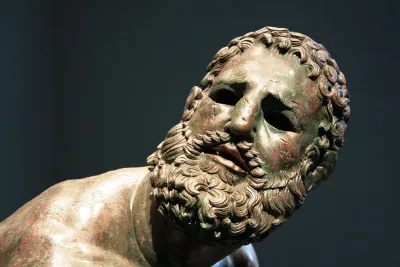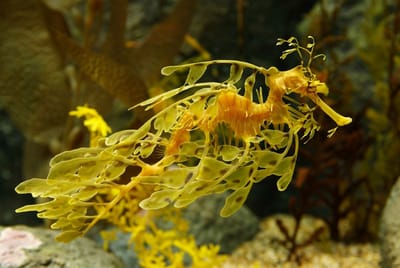TWIL #08: From Wandering to Bright Stars

The art of being a flâneur
This week I saw a LinkedIn post by on the word flâneur. I was immediately intrigued by the word and fell in love.
The word flâneur originates from 19th-century France and refers to a leisurely wanderer, an observer of urban life who strolls through the city with no particular destination.
Coined in the literary and artistic circles of Paris, the term embodies the idea of detached curiosity. Someone who absorbs the sights, sounds, and rhythms of the streets, finding poetry in the mundane. For a flâneur, walking is more than a mode of transport; it is an act of discovery, an exploration of culture, architecture, and human interactions unfolding in real time.
What stories hide behind a weathered building?
Who once walked these streets centuries ago?
How does a city’s energy change from morning to night?

In today’s fast-paced world, the concept of the flâneur feels like a quiet rebellion against efficiency and productivity. Embracing this mindset means slowing down and allowing oneself to be fully present, whether in a bustling metropolis or a quiet neighborhood. The flâneur resists the urge to rush, instead savoring the beauty of everyday life; watching, reflecting, and appreciating the unnoticed details that give a place its character.
Perhaps we could all benefit from a little more flânerie, taking the time to simply wander and observe the world with fresh eyes.
By the way: “Many flâneurs were also artists and writers who used their observations to inform their work. Particularly popular within Impressionist circles, the idea of an urban spectator underpinned the prolific streetscapes and images of popular entertainment seen in the work of artists such as Degas, Renoir, and Caillebotte, but it also influenced twentieth century art movements such as Street Photography.” (Check out the webpage behind this link, since it offers a great overview of painters (and paintings) by flâneurs!
The Pepsi Navy
I was on YouTube (yes, I deadscroll every now and then) watching some videos, and in one, it stated that Pepsi once owned a huge military fleet. That immediately caught my attention… how could a soft drink company end up with a navy?
As it turns out, this bizarre moment in history happened during the Cold War when the Soviet Union wanted to continue importing Pepsi but had a major problem: their currency, the ruble, wasn’t accepted for international trade.

To work around this, the Soviets first bartered vodka (Stolichnaya) for Pepsi syrup in a 1972 deal. But by 1989, Pepsi needed more, and the USSR offered something unexpected: a fleet of 17 submarines, a cruiser, a destroyer, and a frigate. For a brief time, Pepsi became one of the world’s largest naval powers! Of course, they didn’t keep the ships. Instead, they sold them for scrap, but not before Pepsi’s CEO jokingly told a U.S. official, “We’re disarming the Soviet Union faster than you are!” It’s a wild but true story that shows just how strange global trade can be.
Twinkle, twinkle… bright star
Last week, I wrote about Mars. With the skies so clear this week, I found myself looking up every evening. One star, in particular, always stands out: a brilliant, blinking light that seems to shimmer as if it’s alive. Its flickering is mesmerizing, making it impossible to ignore.

This time, curiosity got (once again) the better of me, and I decided to find out why it twinkles so much. I looked it up and found out it was Sirius, the brightest star in the night sky.
Also known as the Dog Star, Sirius is part of the constellation Canis Major and has been an important celestial marker for centuries. Ancient Egyptians associated its rising with the flooding of the Nile, while other cultures saw it as a guiding star. It’s nearly twice as massive as the Sun and about 25 times more luminous, which is why it outshines everything else in the night sky.

It turns out that Sirius appears to twinkle more than other stars because of Earth’s atmosphere. But why? As its light passes through layers of air with different temperatures and densities, it bends and scatters, making the star flash between blue, red, and white. This effect is especially strong when Sirius is lower in the sky, which explains why it looked so dramatic this week.
What else?
Just one this week, because it is so awesome:
A day on Venus is longer than a year on Venus! Because of its slow rotation, it takes 243 Earth days for Venus to complete one full spin on its axis, but only 225 Earth days to orbit the Sun. That means if you lived on Venus, your year would fly by faster than a single day!

I wave you goodbye! 🌊 (dad joke, I know)
As always, thanks for reading, exploring curiosity, and looking at the world with fresh eyes. Until next time. Keep wondering, keep wandering, and never stop asking questions!





